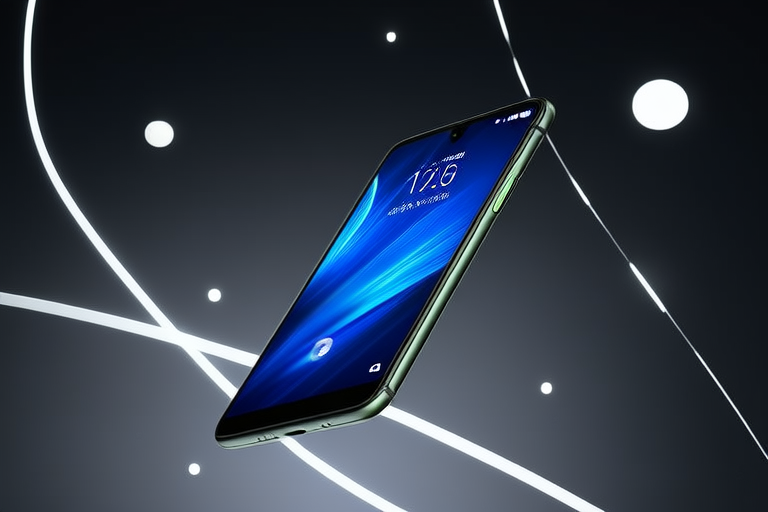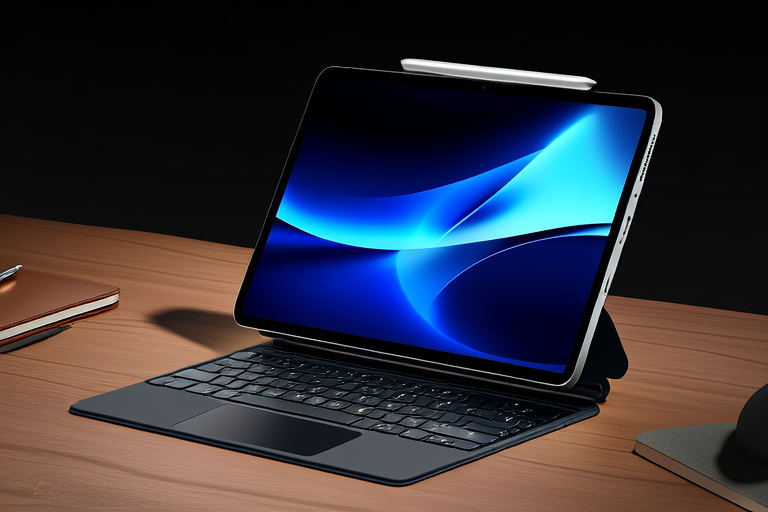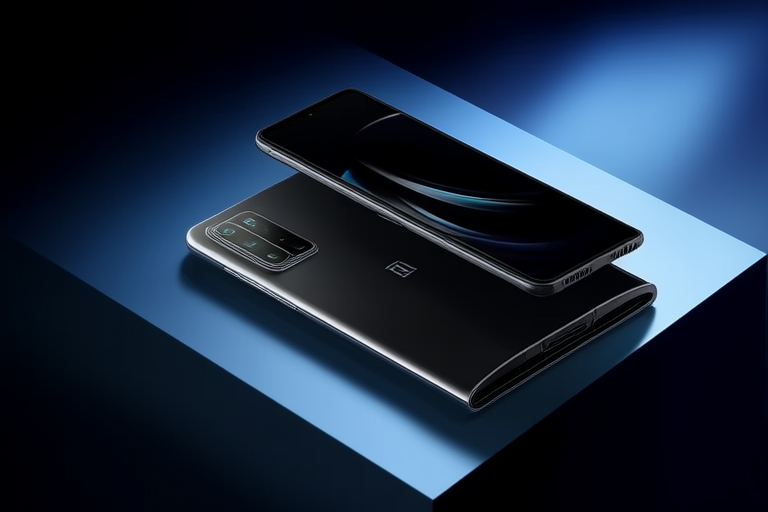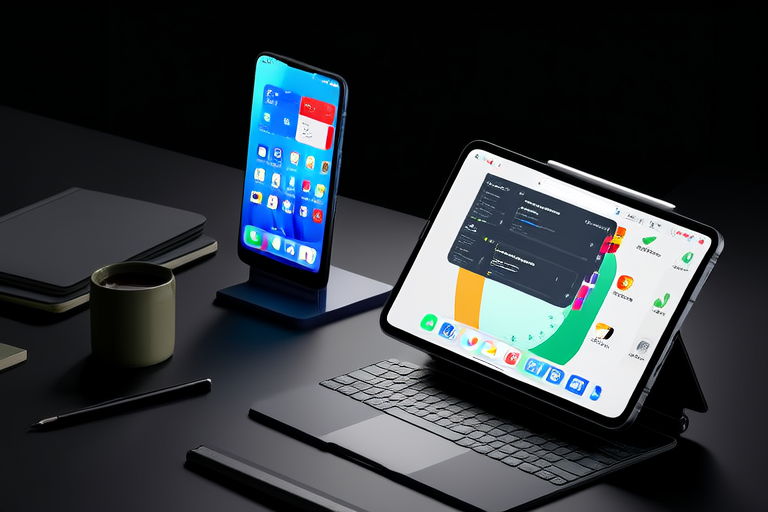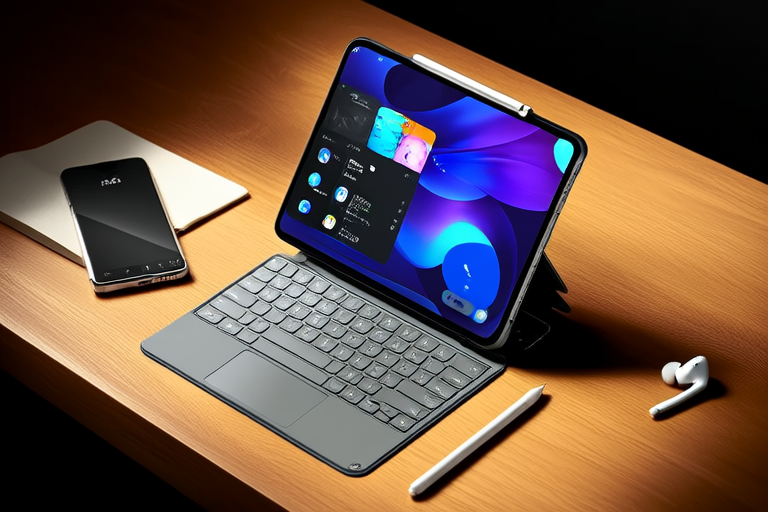From Calls to Content Creation: Transformative Features in Today’s Smartphones
In the early days of mobile technology, smartphones were primarily designed as communication devices. Their primary function was to facilitate calls and send text messages. Over the years, however, these devices have undergone a remarkable transformation, evolving into powerful tools for content creation. This article explores the journey of smartphones from simple communication devices to multifaceted platforms that enable users to create, edit, and share various forms of digital content.
The Evolution of Smartphones
The first commercially available smartphone, the IBM Simon, launched in 1994, featured a touchscreen interface and basic email capabilities. However, it wasn’t until the advent of the iPhone in 2007 that smartphones began to gain widespread popularity. Apple’s device introduced a user-friendly interface and a range of applications that transformed the way people interacted with their phones. Since then, smartphones have become increasingly sophisticated, offering features that go far beyond basic communication.
Advanced Camera Systems
One of the most significant transformations in smartphones has been the development of advanced camera systems. Early smartphones had limited camera capabilities, but today’s models boast multiple lenses, high-resolution sensors, and advanced image processing algorithms. These features allow users to capture high-quality photos and videos under various lighting conditions. For instance, dual-lens cameras enable depth-of-field effects and bokeh, while night mode settings improve low-light photography. Additionally, many smartphones now offer professional-grade video recording options, including high frame rates and 4K resolution.
Multimedia Capabilities
Smartphones have also expanded their multimedia capabilities, encompassing both audio and video. High-quality speakers and microphones have enhanced the audio experience, making it easier to record and edit podcasts, music, and other audio content. Similarly, video capabilities have improved significantly, with features such as slow-motion video, time-lapse, and 360-degree video recording. These advancements have made smartphones versatile tools for capturing and sharing dynamic visual stories.
Editing Software
The integration of editing software directly into smartphones has further democratized content creation. Users can now edit photos and videos on their devices without needing external hardware or software. Popular apps like Adobe Photoshop Express, Lightroom, and Premiere Rush offer a wide range of editing tools, from basic adjustments like brightness and contrast to more advanced features like color grading and motion tracking. These tools enable users to refine their creations on the go, ensuring that their content is polished and ready for publication.
Augmented Reality (AR) and Virtual Reality (VR) Integration
Augmented reality (AR) and virtual reality (VR) have opened up new possibilities for content creation. AR overlays digital elements onto the real world, allowing users to create interactive experiences that blend physical and digital environments. VR, on the other hand, immerses users in entirely virtual worlds, providing a unique platform for storytelling and entertainment. Both technologies have found applications in fields such as gaming, education, and marketing, enabling creators to engage audiences in innovative ways.
AI-Powered Tools
Artificial intelligence (AI) has played a crucial role in enhancing the capabilities of smartphones for content creation. AI-driven features such as facial recognition, object detection, and natural language processing have improved the accuracy and efficiency of various tasks. For example, AI-powered voice assistants like Siri and Google Assistant can transcribe spoken words into text, facilitating the creation of written content. Additionally, AI algorithms can analyze user behavior and preferences to provide personalized recommendations and suggestions, helping creators streamline their workflow.
Cloud Storage Solutions
Cloud storage solutions have made it easier for content creators to store and manage their work. With large amounts of data being generated through photo and video capture, cloud storage offers a scalable and secure alternative to traditional storage methods. Services like iCloud, Google Drive, and Dropbox allow users to access their files from anywhere, collaborate with others in real-time, and ensure that their content is backed up against data loss. This accessibility has significantly reduced the barriers to entry for aspiring content creators.
Democratizing Content Creation
The combination of advanced camera systems, multimedia capabilities, editing software, AR/VR integration, AI-powered tools, and cloud storage solutions has democratized content creation. These features have empowered individuals with varying levels of expertise to produce high-quality content, regardless of their technical background. As a result, the landscape of content creation has become more diverse and inclusive, with a broader range of voices and perspectives being represented.
The Future of Smartphone Content Creation
Looking ahead, the future of smartphone content creation holds even greater potential. Emerging technologies such as 5G, foldable screens, and improved battery life will continue to enhance the capabilities of these devices. 5G networks promise faster internet speeds and lower latency, enabling smoother streaming and more efficient cloud-based collaboration. Foldable screens could provide larger display areas for multitasking and content creation, while longer-lasting batteries will allow users to work uninterrupted for extended periods. Additionally, advancements in AI and machine learning will likely lead to even more intelligent and intuitive tools for creators.
Conclusion
From their origins as simple communication devices, smartphones have evolved into indispensable tools for content creation. Advanced camera systems, multimedia capabilities, editing software, AR/VR integration, AI-powered tools, and cloud storage solutions have collectively transformed the smartphone into a versatile platform for creators. By democratizing content creation, these features have enabled a broader audience to participate in the creative process. As technology continues to advance, the future of smartphone content creation looks promising, with new innovations poised to further expand the horizons of what is possible.
